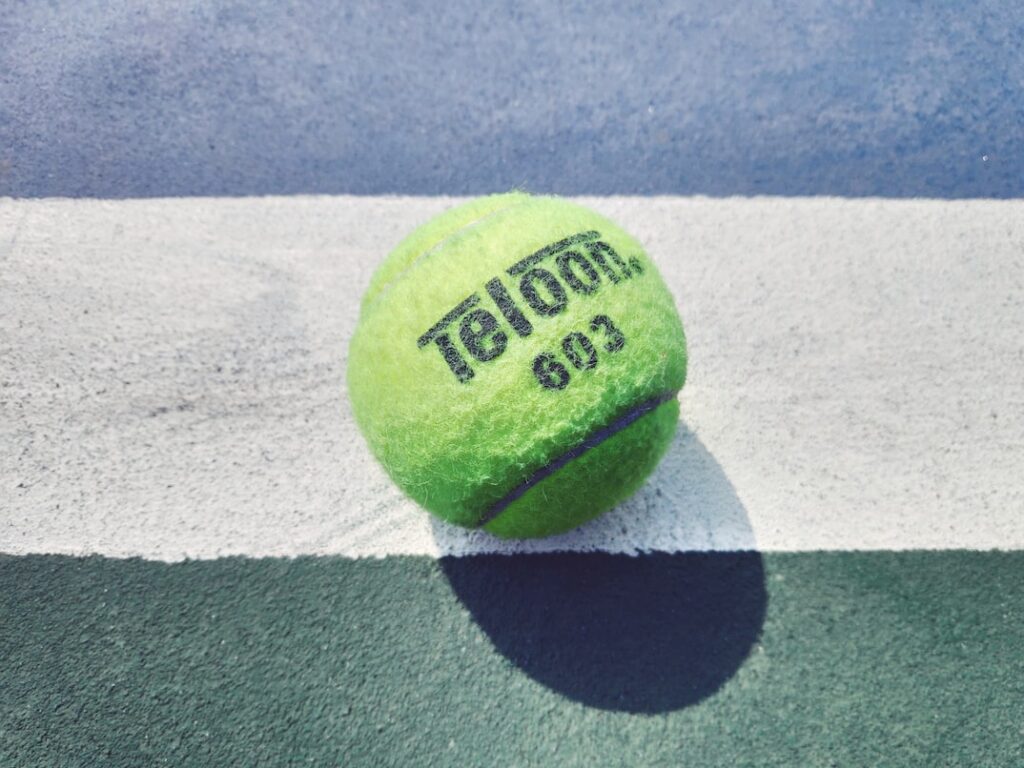Padel Basics: A Step-by-Step Beginner’s Guide
3 min read
The Padel Basics: A Step-by-Step Beginner’s Guide
Are you ready to dive into the exciting world of padel? Welcome to the beginner’s guide to padel, where we will take you through the basics of this fascinating sport. Padel, known as the cousin of tennis, combines elements of tennis and squash into a unique, fast-paced game played in a specially designed court. Whether you’re a seasoned pro in other racket sports or a complete beginner, we’ve got you covered with all the essential information to kickstart your padel journey.
The Padel Court
Before we jump into the nitty-gritty of padel, let’s start with the court itself. A padel court has walls on all sides, similar to a squash court, which means that the ball can be played off the walls during a rally. The court is about 10 meters wide, 20 meters long, and surrounded by a wire fence. You’ll find a net in the middle, dividing the court into two halves. Sounds exciting already, doesn’t it?
The Equipment
To get started with padel, you’ll need a few key pieces of equipment. Firstly, you’ll need a padel racket. These rackets are solid and perforated with holes, which makes them lighter and more maneuverable. Padel balls are similar to tennis balls but slightly smaller and less pressurized. Lastly, don’t forget to wear comfy clothes and non-marking sole shoes to avoid damaging the court. Are you all set? Great! Let’s move on.
The Basic Rules
Like any sport, padel has its own set of rules, and understanding them is crucial for an enjoyable experience. Here are some of the basic rules to get you started:
- Each team consists of two players, and the objective is to score points by hitting the ball into the opponent’s court, just like in tennis.
- The ball must be served diagonally underhand, bouncing off the ground and reaching the opposite service box, just like in squash.
- The ball can touch any number of walls as long as it lands in the opponent’s court.
- The ball is still in play if it hits the net but lands in the opponent’s court.
- Players are not allowed to touch the net or go into the opponent’s court during play.
Remember, these are just the basics. As you play and gain experience, you’ll discover more advanced rules and strategies that can take your game to the next level. Now, let’s delve into the padel techniques.
The Fundamental Techniques
1. The Forehand: The forehand is one of the most frequently used shots in padel. Hold the racket with both hands, with your dominant hand on top. As the ball approaches, step forward, rotate your hips, and swing the racket forward, making contact with the ball at waist height.
2. The Backhand: Similar to the forehand, hold the racket with both hands, but this time, your non-dominant hand should be on top. As the ball comes towards you, rotate your upper body and swing the racket diagonally across your body, making contact at waist height.
3. The Volley: The volley is an essential technique in padel. It involves hitting the ball before it bounces on the ground. The key here is to keep your eyes on the ball and use a short backswing, maintaining control and precision.
Getting Started
Now that you have a basic understanding of the padel court, equipment, rules, and techniques, it’s time to get out there and start playing. Find a local padel club or court, grab a partner, and practice your skills. Remember, the more you play and practice, the better you’ll become. Padel is all about having fun, so don’t forget to enjoy the journey.
So, whether you’re a tennis enthusiast looking for a new challenge or a beginner eager to try something different, the world of padel awaits you. Grab a racket, gather a partner, and step onto the padel court. Get ready to unleash your skills and enjoy the thrill of this fast-paced, dynamic sport. Welcome to the extraordinary world of padel!






